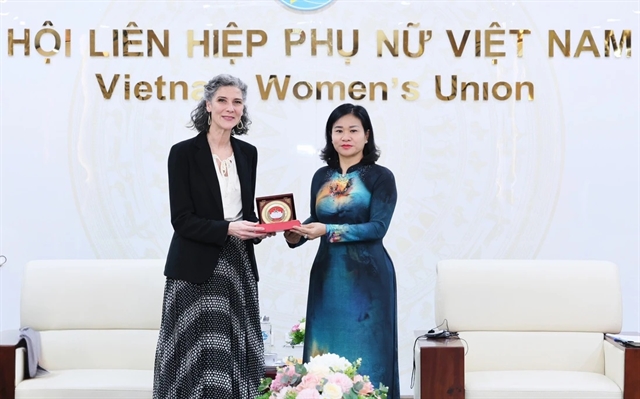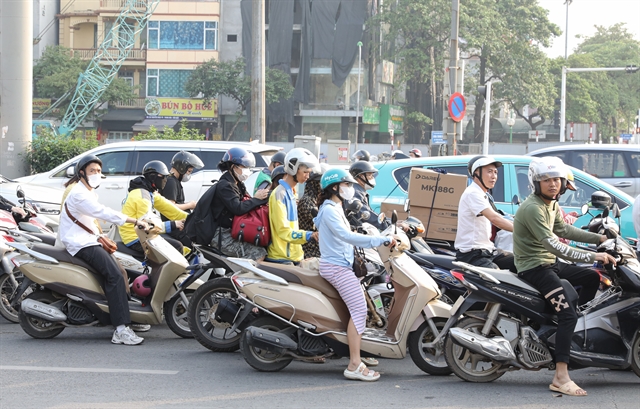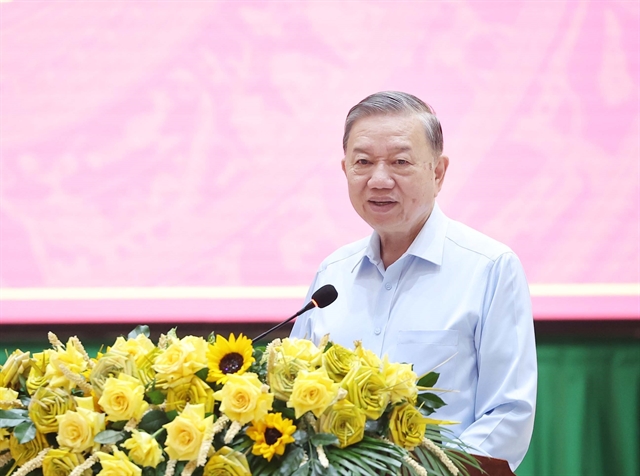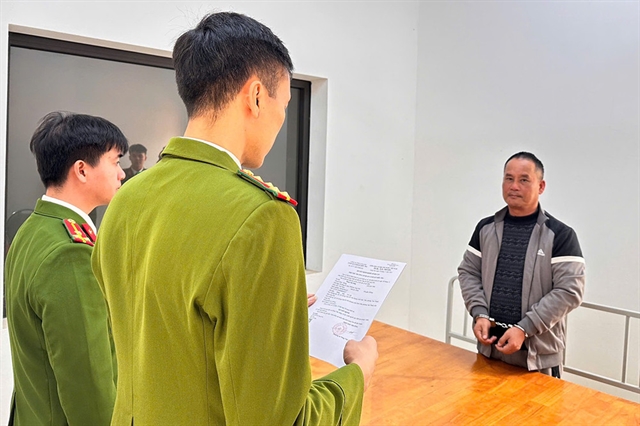 Politics & Law
Politics & Law


|
| Party General Secretary Tô Lâm delivers his speech at a working session in the Mekong Delta province of Bến Tre on Tuesday.—VNA/VNS Photo Thống Nhất |
HÀ NỘI — The newly established Vĩnh Long Province possesses all the key conditions to emerge as a regional centre for economic activity, logistics, high-tech agriculture, renewable energy and marine services.
Located between the lower reaches of the Tiền and Hậu Rivers and bordering the East Sea, the province is also set to serve as a strategic bridge linking inland sub-regions with the sea and international supply chains.
The unique positioning provides a foundation for developing an eco-economic zone and a modern riverine and coastal urban model that is both climate-resilient and aligned with the Mekong Delta’s broader shift towards sustainable growth.
Party General Secretary Tô Lâm outlined the possibilities during a statement on Tuesday morning during a working session in the Mekong Delta province of Bến Tre.
He was accompanied by a Central delegation, meeting with the Standing Committees of the Provincial Party Committees of Bến Tre, Trà Vinh and Vĩnh Long to discuss the implementation of recent resolutions, conclusions and directives issued by the Party Central Committee.
Lâm also emphasised that the proposed merger of Vĩnh Long, Bến Tre and Trà Vinh into a single administrative-economic unit would go beyond a mere redrawing of administrative boundaries.
More significantly, it would represent a bold strategic move to restructure regional development in a more integrated, synchronised and efficient direction.
The consolidation, he said, would create new space for unlocking the comparative advantages of each locality, while enhancing mutual complementarities and fostering meaningful economic linkages.
The three provinces of Vĩnh Long, Bến Tre and Trà Vinh share naturally complementary economic structures, sectoral strengths and geographic positions.
The synergy offers fertile ground for their merger into a well-rounded and harmoniously developed entity, according to the Party leader.
Culturally and socially, the three provinces benefit from a stable population base with closely aligned regional identities, providing favourable conditions for institutional integration, harmonised governance, employee development and the preservation of cultural cohesion.
These are the essential preconditions for the formation of a strong, competitive and effectively governed administrative-economic unit at both regional and national levels.
He said it would present an opportunity to transition from a provincial-based development model to a regionally coordinated one, large enough in scale to attract strategic investment, roll out interconnected infrastructure projects, digitise public governance, foster green growth and respond more effectively to climate change.
“Additionally, the transformation must be accompanied by a new mindset in governance - streamlined, transparent, technologically advanced and agile - to enable the emergence of a dynamic new growth pole capable of guiding the Mekong Delta through its next phase of development together with the nation’s development,” he said.
Path forward
In his concluding remarks, Lâm commended the efforts and achievements of the three localities in recent years, noting that the accomplishments laid the groundwork for their merger into a high-performing, competitive new economic-administrative entity - a prospective growth engine for the Mekong Delta region.
However, he also pointed out that economic links between the three provinces and with the wider Mekong Delta remained fragmented.
Key sectors with strong complementarities such as coconut processing, aquaculture, organic farming and clean energy continued to develop separately, lacking integrated value chains and effective interprovincial coordination.
Furthermore, the region’s socio-economic infrastructure remained uneven, particularly regarding coastal access routes, inland ports, coastal roads and waterway-based economic corridors.
Looking ahead, Lâm told the Standing Committees of the three Provincial Party Committees to urgently review the implementation of targets set in their respective 2020–25 Party Congress Resolutions.
He called for a robust reform of institutional structures, proactive communication to foster public consensus and the strategic repurposing of redundant public buildings to prioritise culture, health and education.
He added that the merger of the three provinces would mark a pivotal moment to define a new, bold and sustainable development vision.
Therefore, he told the new province be repositioned within the Mekong Delta’s development framework, aligning closely with coastal and trans-Mekong regional linkages, national economic corridors and the Mekong Delta Climate Resilience Development Strategy, in line with Resolution No. 13-NQ/TW and relevant regional and national plans.
On that basis, he urged a rapid review, adjustment and integration of the three provincial master plans into a unified, coherent development plan for the new province, ensuring synergy, avoiding overlaps and capitalising on each area's ecological and economic advantages.
In the long term, the aim should be to build a new, competitive growth centre on a foundation of smart, green, multi-nodal development, leveraging digital transformation, innovation and international integration.
Finally, Lâm ordered the new province to move beyond short-term administrative thinking towards long-term strategic vision.
It must shift from administrative management to development facilitation, from isolated actions to comprehensive coordination across Party leadership, government, businesses and citizens.
He also called for the prompt firming of recent Party Central Committee resolutions into action plans with clear objectives, timelines, assigned responsibilities and measurable outcomes.— VNS




